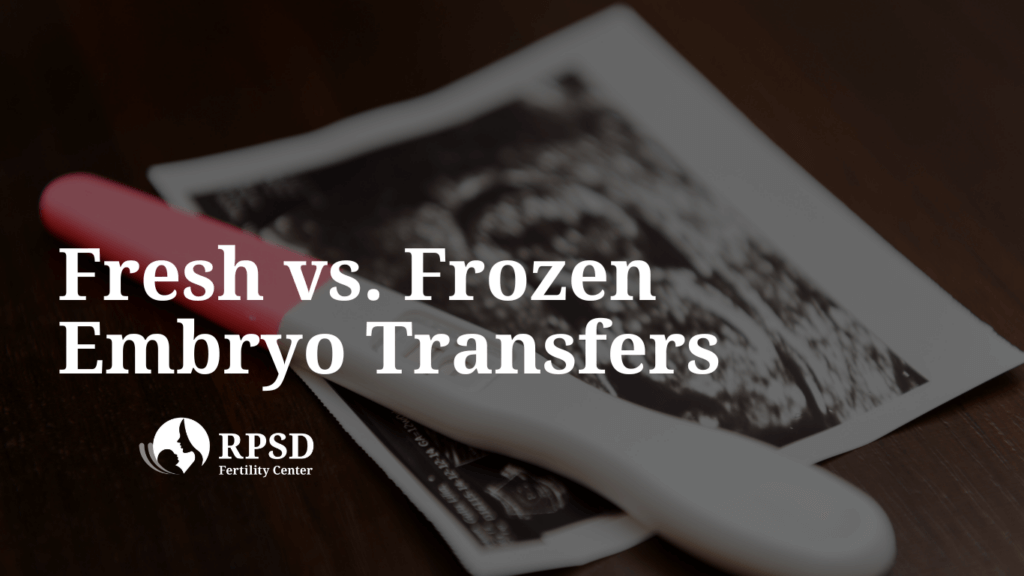
When undergoing in vitro fertilization (IVF), one of the key decisions you’ll face is whether to proceed with a fresh embryo transfer or a frozen embryo transfer (FET). Both approaches have unique advantages, and understanding the differences can help you and your fertility specialist determine the best path for your journey to parenthood.
A fresh embryo transfer occurs during the same cycle in which your eggs are retrieved and fertilized. After the embryos develop for several days in the lab, one is selected and transferred into the uterus. The remaining high-quality embryos can be frozen for future use.
A frozen embryo transfer involves freezing viable embryos from a previous IVF cycle and transferring one at a later date. This allows your body to recover from ovarian stimulation before implantation.
The choice between a fresh and frozen embryo transfer depends on several factors, including your medical history, hormone levels, and personal preferences. Our fertility specialists at RPSD will guide you through the decision-making process to ensure the best outcome for your treatment.
If you’re considering IVF, we invite you to explore your options with our expert team. Learn more about our IVF services and schedule a consultation today.
Our skilled fertility specialists are here to help. Contact us today and let’s discuss the next phase of your fertility journey.